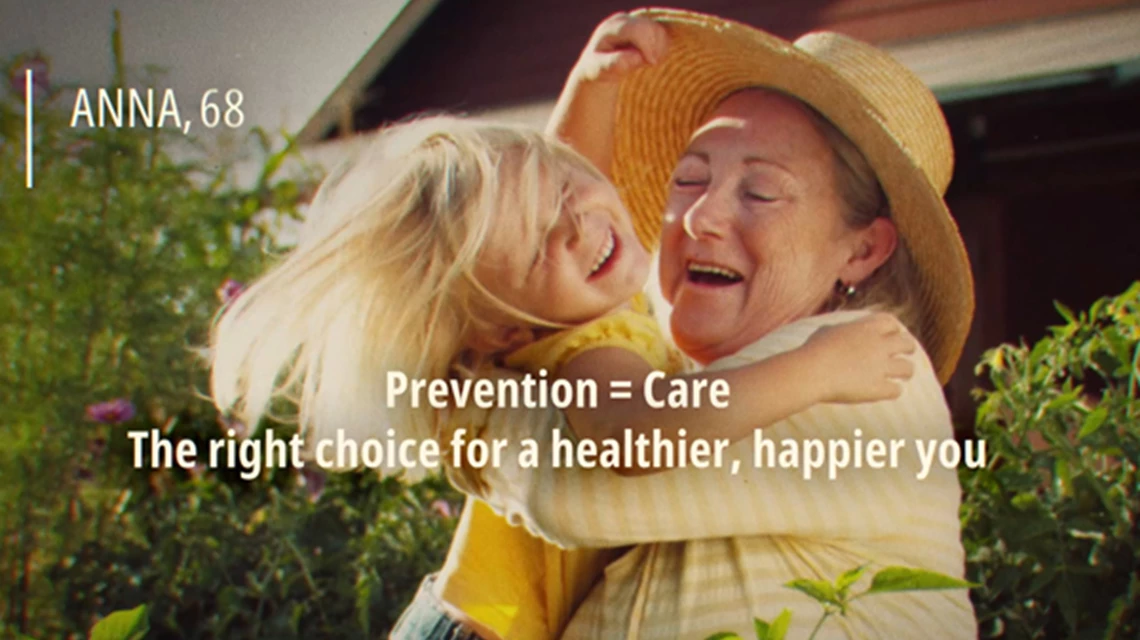Select your country
Websites worldwide
Select a country to go to the website of the respective STADA sales company.
Australia (1)
Austria (1)
Belarus (1)
Belgium (1)
Bosnia-Herzegovina (1)
Bulgaria (1)
China (1)
Croatia (1)
Czech Republic (2)
Denmark (1)
France (1)
Hungary (1)
Ireland (1)
Italy (1)
Montenegro (1)
Netherlands (2)
Poland (1)
Portugal (1)
Romania (1)
Serbia (1)
Slovakia (1)
Slovenia (1)
Spain (1)
Switzerland (1)
Thailand (1)
The Phillippines (1)
United Kingdom (3)
Vietnam (2)
What is osteoporosis?
Bone loss
Osteoporosis is a health condition characterized by reduced bone quality and degeneration of bone microstructure. Osteoporosis makes bones weaker, more fragile, and prone to breaking.
Osteoporosis is often called a “silent disease”, since it may not be diagnosed until a fracture occurs.1
Fractures
A bone fracture is a partial or complete bone break. Under normal circumstances a fracture occurs when a bone is subjected to a very strong force or pressure.
If you have osteoporosis, a small or non-traumatic force may be enough to result in a fracture.
Osteoporotic fractures often affect the spine, hips, and proximal parts of long bones, and may cause complications associated with prolonged bed rest and inactivity.1
What are the chances of getting osteoporosis?
One in three women and at least one in six men will suffer an osteoporotic fracture in their lifetime. For every minute that passes, eight new fracture cases arise in the EU. It is estimated that more than 23 million men and women in the EU are at high risk of osteoporotic fractures.²
Preventing bone fractures
Your genes are responsible for determining your height and the strength of your skeleton, but lifestyle factors such as diet and exercise influence how healthy your bones are.
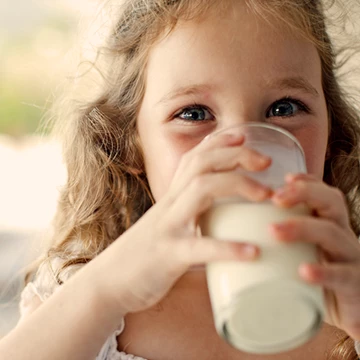
CHILDHOOD AND ADOLESCENCE
CHILDHOOD AND ADOLESCENCE
In childhood and adolescence, bones gain mass and strength, growing in size and length. Working on building healthy and strong bones from a young age helps reduce the risk of losing bone mass in mature and old age. To promote skeletal health, children and adolescents should enable their bodies to create vitamin D by spending time outdoors in the sunlight, taking care to expose their skin at the right times of day, preferably in the spring and autumn.3 *
Make sure you get the correct calcium intake, exercise regularly, and adopt a healthy lifestyle.
Avoid smoking! Cigarette smoking often starts in adolescence and has a harmful effect on reaching peak bone mass.4

20s
20s
Maintain a healthy lifestyle: be sure to adopt a balanced diet providing an adequate intake of calcium and vitamin D.
If you are a smoker, consider quitting. Talk to your doctor if you need help quitting smoking.
Limit alcohol consumption and avoid binge drinking.
Investigate your family history to find out whether you have a genetic risk of developing osteoporosis.
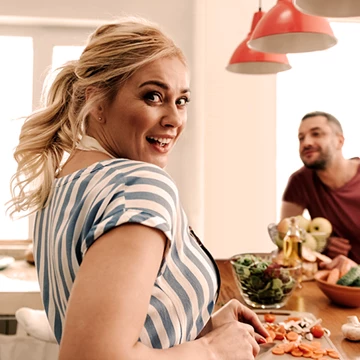
30s
30s
Stay active! Physical exercise is recognized as a key factor in bone health: exercise, particularly weight-bearing and resistance exercise, improves the fitness of bone microstructure, which plays a crucial role in maintaining skeletal health.5
During pregnancy, the growing baby needs plenty of calcium for bone development. Fortunately, pregnancy appears to help protect most women’s calcium reserves in several ways: by enabling more efficient absorption of calcium from food and supplements compared to women who are not pregnant; by producing more estrogen - a hormone that protects bones, and by restoring any bone mass lost during pregnancy within a few months after the baby is born.6
Breastfeeding also affects a mother’s bones. Studies have shown that during breastfeeding women lose 3 to 5% of their bone mass, although they recover it quickly once they have stopped.6
On becoming pregnant, some women may not be used to a diet that is rich in calcium. Talk to your doctor about vitamin and mineral supplements that you may need during pregnancy and breastfeeding.6
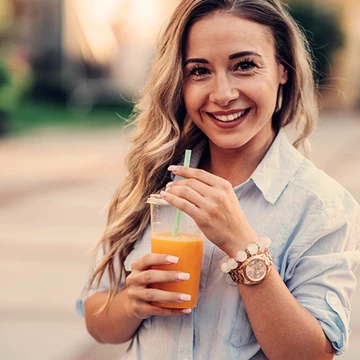
40s
40s
Maintain a healthy weight by taking care over your diet and making time for regular physical exercise.
Be sure to get adequate dietary or supplemental calcium and vitamin D.
Sources of calcium in food: low-fat dairy products, such as milk, yogurt, cheese, and ice cream; dark green, leafy vegetables, such as broccoli, collard greens, and bok choy; canned sardines and salmon with bones; tofu, almonds, and corn tortillas; foods fortified with calcium, such as orange juice, cereals, and bread.
Cut down on caffeine and alcohol.7, 8
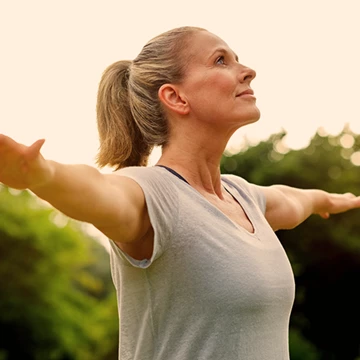
50s
50s
Work on maintaining your balance by choosing specific exercises and avoiding falls.
Undertake weight-bearing exercise regularly.
Talk to your doctor about the possibility of taking food supplements and the need for therapies that can be taken during menopause.
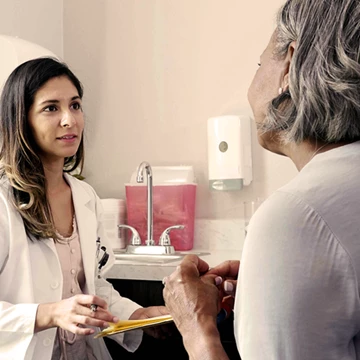
60s
60s
Talk to your doctor about screening tests for osteoporosis and, if the need be, see medical specialists who treat osteoporosis.
Avoid falls by strengthening your legs and improving your balance skills.
You can consider making your home safer by removing carpets, loose cables, and footstools, and making sure that all your chairs are stable and reliable.
* The amount of vitamin D created by the body may vary depending on skin color or latitude. Exposure to sunlight can be dangerous and cause skin cancer, so you should always wear an SPF that is suitable for your phototype, especially during the summer or in southern regions.3
Babies and children aged under 5 years should be kept out of direct sunlight and could be given vitamin D supplements to ensure they get enough vitamin D.3
Your doctor can help you
Talk to your doctor:
- if there are cases of osteoporosis in your family
- if you need help quitting smoking
- to be sure that your intake of calcium and vitamin D is sufficient, or to find out whether you need to take supplements
- about vitamin and mineral supplements to take during pregnancy and breastfeeding
- about the possibility of taking food supplements and the need for therapies that can be taken during menopause
- about screening tests for osteoporosis
- about the need to see medical specialists who treat osteoporosis
STADA for World Osteoporosis day 2021
References
1) Orthopaedic Surgery (2009), Volume 1, No. 4, 251–257
2) Kanis J.A. et al., SCOPE 2021: a new scorecard for osteoporosis in Europe Archives of Osteoporosis (2021) 16:82
3) https://www.nhs.uk/live-well/healthy-body/how-to-get-vitamin-d-from-sunlight/
4) https://orthoinfo.aaos.org/en/staying-healthy/osteoporosis-prevention-starts-early/#:~:text=Make%20sure%20you%20get%20enough,Do%20not%20smoke.
5) Tong X. et al., The Effect of Exercise on the Prevention of Osteoporosis and Bone Angiogenesis. Biomed Res Int. 2019 Apr 18; 2019
6) https://www.bones.nih.gov/health-info/bone/bone-health/pregnancy
7) Rapuri P.B. et al., Caffeine intake increases the rate of bone loss in elderly women and interacts with vitamin D receptor genotypes, The American Journal of Clinical Nutrition, Volume 74, Issue 5, November 2001, Pages 694–700
8) Maurel D.B. et al., Alcohol and bone: review of dose effects and mechanisms. Osteoporos Int. 2012 Jan;23(1)



